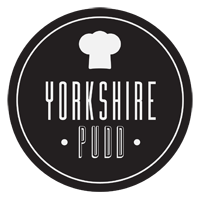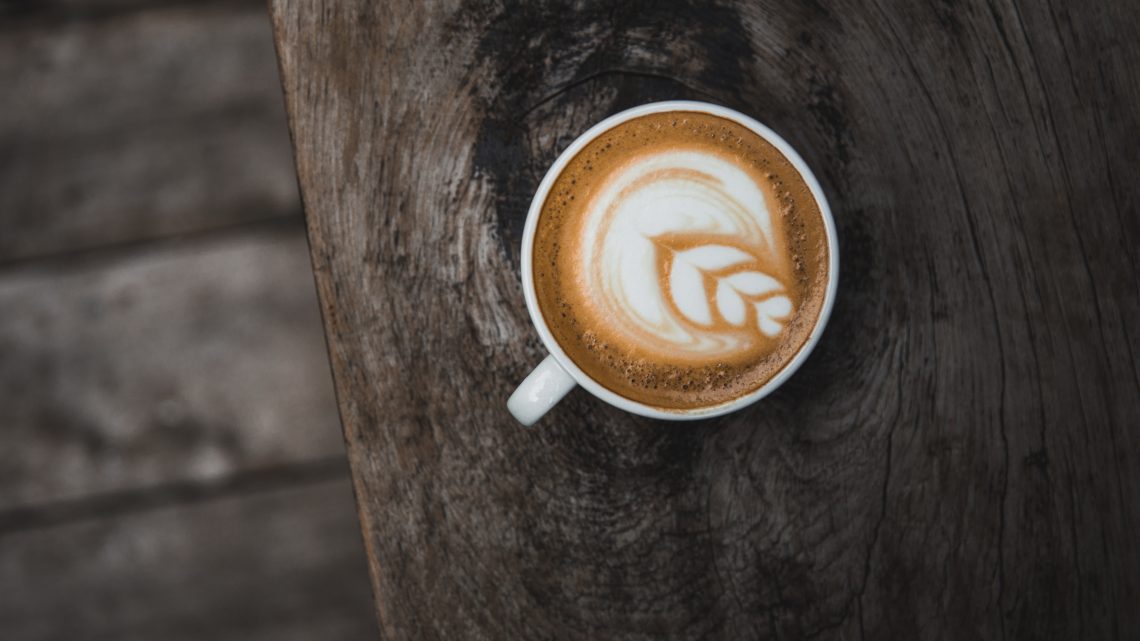Brewing the Perfect Cup: Unlocking Coffee’s Mystique
From the sweet and creamy allure of Sumatra mandheling to the famously full-bodied flavour of a Kona blend, coffee has brought joy to morning routines since its distinction as an artisanal beverage began centuries ago.
Today, more than ever before, we’re seeing passionate individuals devoted to both science and art surrounding this beloved elixir: roasting pros are carefully curating their signature flavours while chemical engineers explore new methods for improving extraction efficiency—bringing together two great disciplines as one in pursuit of brewing bliss. In this article, we’ll explore how these artists and scientists work together to create the perfect cup every time.
Understanding the Basics of Coffee Brewing
Coffee brewing is a process that has been honed and perfected over centuries. This intricate process sets the foundation for the quality and flavour of our coffee. Coffee, a staple beverage among adults worldwide, is just as complex as simple. The journey starts with understanding the basics of coffee brewing. In contrast to tea, coffee is made by brewing roasted beans instead of steeping dried leaves.
As such, the brewing process can be much more involved. From selecting the right coffee bean and roast to choosing the optimal brewing method, every ingredient and step impacts the resulting flavour. A successful cup of coffee results from careful attention to detail and a commitment to the craft. Understanding these basics is crucial to creating a delicious brew that will be enjoyed by coffee enthusiasts for generations to come.
Exploring Different Brewing Techniques
When it comes to coffee brewing, a few different techniques can be employed. The most popular methods of brewing coffee are pour-over, French press, and Espresso. Pour-over is a manual technique where hot water is slowly poured over the grounds in a filter. This method typically requires more effort than other methods but yields excellent results. The French press is a popular brewing method that uses a plunger to press down the coffee grounds in water at the bottom of a glass or stainless steel carafe.
Conversely, Espresso is a high-pressure brewing method that extracts concentrated coffee from ground beans. As such, it requires specialised tools and typically produces much richer flavour profiles. No matter the brewing method, each technique has unique benefits and drawbacks. It’s up to the individual coffee enthusiast to decide which technique best suits their preferences and desired flavour profile. Coffee tea blends can even be used for more complex flavour profiles, as the combination of coffee and tea often creates unique notes not found in either beverage.
The Chemistry and Physics Behind Coffee Brewing
Brewing coffee is an art, but it’s also a science. Understanding and manipulating the chemical and physical processes behind brewing can help ensure consistent results every time. Coffee is made up of hundreds of different compounds, primarily including carbohydrates, proteins, lipids, and amino acids. In addition to these compounds, caffeine content—which plays a significant role in flavour—varies wildly between coffee beans.
To extract the flavours from these compounds, we must consider the physics and chemistry of water. Temperature, pressure, and flow rate are essential in how much flavour is extracted from each bean. Different roasts may require a different set of parameters to ensure optimal extraction. Additionally, agitation of the ground beans is also essential. Too much movement can result in over-extraction, leading to a bitter taste, while too little will result in under-extraction and a weak flavour.
How to Choose the Right Roast for Your Tastes
When it comes to flavour, the roast plays just as much of a role as the brewing method. Different roasts will result in different flavours and can even alter the espresso shots’ complexity. As such, it’s essential to know what each roast tastes like and how different variables impact extraction efficiency.
Light roasts are often the most caffeinated and have a more acidic flavour. Medium roasts, on the other hand, have a more balanced flavour and are less acidic. Dark roasts tend to have a more intense flavour profile with some smoky notes. These darker roast beans also contain less caffeine than lighter roasts.
A Guide to Commonly Used Equipment for Making Coffee
With so many different brewing methods and roasts available, it’s no surprise that the tools of the trade have evolved. When it comes to making coffee, a few pieces of equipment can be used to achieve consistent results every time. The most crucial equipment is typically a burr grinder, as freshly ground beans yield the best flavour. A kettle or pour-over device is also usually used for manual brewing methods, while an espresso machine is necessary for making espresso drinks.
Other tools, such as scales and thermometers, can be used to measure consistency during the coffee brewing process, which is essential to ensure that each cup of coffee tastes just as good as the last. Finally, a good quality mug or cup is essential for the whole experience. As such, investing in quality equipment is crucial to ensure that each cup of coffee can be enjoyed to its fullest potential.
Flavor Profiles of Popular Coffee Varieties
One of the most enjoyable aspects of drinking coffee is exploring each variety’s different flavour profiles. A few popular coffee varieties include Brazilian, Colombian, and Ethiopian coffees. Brazilian coffees typically have a nutty, chocolatey taste profile with low acidity. They are often considered one of the best crowd-pleasing coffees and are usually medium to dark roast.
Columbian coffees have a rich flavour profile with cocoa, nuts, and caramel notes. They usually have an earthy finish and are often light to medium roasted. Finally, Ethiopian coffees typically exhibit floral and fruity flavours with a hint of spices. These coffees are light to medium roasted and are unique in their flavour profiles.










